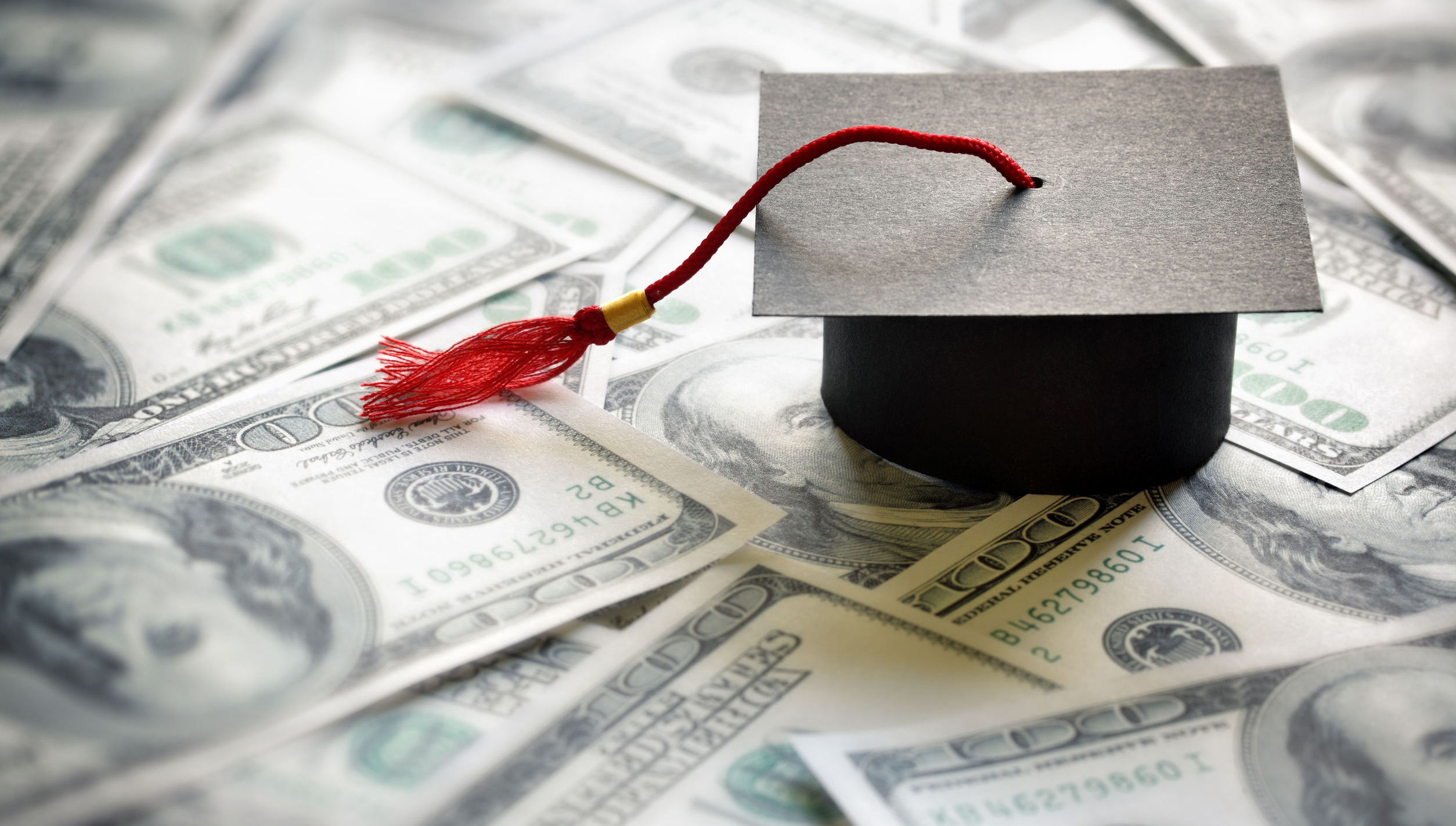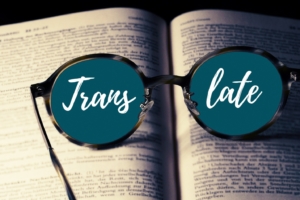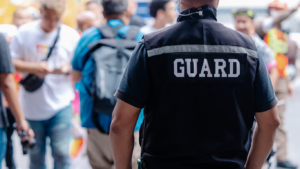Students across Arizona will explore outer space, learn about plants in greenhouses built on their campuses and much more thanks to Learning Grants by SRP. The grant program, which awarded more than $125,000 to 28 schools, provides a unique opportunity for schools and teachers to develop projects and programs that improve student performance objectives in math and science.
SRP annually contributes more than $1.3 million to education initiatives, grants and partnerships and provides free training and resources to educators throughout the state.
Educators in metropolitan Phoenix, Pinal County, Gila County, Yavapai County, Page and St. Johns are invited to apply for SRP Learning Grants and SRP Social Studies grants for the 2016-17 school year at www.srpnet.com/education/grants.
Below are the SRP Learning Grants for 2015-16 (alphabetized by city):
- Ironwood Elementary (Casa Grande) $5,000: The Engineering is Elementary project teaches, equips and prepares fifth-graders for lifelong learning with a STEM (Science, Technology, Engineering and Mathematics) emphasis as well as an introduction to a technical career. The engineering kits, science books and science journals will help fifth-graders learn how to design, create and improve an engineering model.
- Auxier Elementary (Chandler) $5,000: The Fab Lab will provide students with opportunities to interact with STEM concepts in a fun, hands-on learning environment where students will learn to program robots and other electronics and create new things with recycled products. The lab will be used before, during and after school, and there will be opportunities for parents to create projects with their children.
- Santan Junior High (Chandler) $5,000: Based off of the robotics program’s success with improving the number of female students enrolling in robotics and engineering courses, Santan was approved by the district to add another engineering course called Design and Modeling. Students will use 3D modeling software to create a virtual image of their designs and produce a portfolio to showcase their creative solutions.
- Augusta Ranch Elementary (Gilbert) $421: Hands On Equations and the related educator materials will provide an effective method to teach the abstract theories of algebra through a visual, kinesthetic approach and enable gifted students to develop a concrete understanding of the meaning of equations, evaluating expressions and the ability to solve multi-step equations.
- Eduprize Gilbert (Gilbert) $5,000: The grant will fund a program that will feature a field research experience on the lower Salt River, which gives students the opportunity to collect water chemistry data in their sophomore year and merge that with an exploration of the biotic community of the ecosystem to build a better picture of the essential nature of riparian zones in the desert Southwest. This grant will fund the purchase of equipment needed, including electrophoresis beds and power supply, stream flow sensors and probes.
- Highland Park Elementary School (Gilbert) $5,000: The school will purchase a 3D printer, digitalizer and filament that will allow students further explore and learn aeronautical engineering, effects of climate on agriculture, compounds and mixtures, and motion and design.
- Power Ranch Elementary (Gilbert) $2,131: The grant will fund an after-school STEM investigation and exploratory unit in which 125 third-grade students will delve into the process of creating their own scientific models, observe changes through the scientific method, investigate the outcomes and have meaningful discussions with their peers.
- Sonoran Sky Middle School (Glendale) $4,014: The grant will provide science materials to enable seventh- and eighth-grade science students to learn using hands-on equipment. The equipment will support curriculum areas in geology, hydrology, astronomy, biology, electricity and magnetism, and physics.
- Great Hearts Trivium Academy (Goodyear) $4,985: The grant will be used to purchase sustainable scientific instruments and supplies to coincide with and support each unit of the Earth and Life Science curriculum. Ultimately, these tools will assist their students in mastering the various concepts as opposed to simply memorizing information.
- Millennium High School (Goodyear) $4,750: This project will encourage under-represented students to work with STEM activities in order to motivate and encourage them to take higher-level math and science classes, including AP classes. The current State Science Olympiad (SO) project curriculum will be used as a model.
- Arete Preparatory Academy (Mesa) $5,000: The grant will focus on water conservation and water purification studies. Students will build a water filter to purify polluted drinking water, keeping in mind the efficiency, affordability and productivity of their filter. Students will research the methods of water purification within the Phoenix metropolitan area as well as city programs and efforts related to water conservation.
- ASU Preparatory Academy (Mesa) $5000: The grant will help to expand access to robotics for 450 third-through eighth-grade students. The grant will be used to purchase a class set of LEGO Mindstorm EV3 robotics kits for use in school during STEM classes and after school during robotics club.
- Mesa High School (Mesa) $4,999: The mission of this project is to create a Sonoran desert pollinator garden on the school’s campus, where students can study the ecology of our natural regional flora and fauna. The fenced-in field will be transformed from a vacant weeded area into a garden. The students will make and record observations of the garden and share the data on a website with students from around the country.
- Step Up Schools (Mesa) $4,090: The school will purchase science curriculum and hands-on materials for their K-8 students. An interactive program for K-5 students along with teacher materials for grades 6-8 are included as well as a hands-on curriculum kit with more than 200 lessons across nine grade levels.
- Centennial High School (Peoria) $4,500: The goal of this project is to connect students’ conceptual knowledge of physics with the physical world outside the classroom. Students will collect and analyze data in real-time using sports, nature and campus life as the laboratory. The goal is to encourage students to employ scientific principles on a daily basis even long after they leave school. The grant will be used to purchase lab equipment to replace outdated and worn out equipment.
- Liberty High School (Peoria) $5,000: This project will help fund the Vernier LabQuest 2 standalone hand-held interface that can be used to collect, analyze and share sensor data from experiments. Since the devices operate on rechargeable batteries, students can use the interfaces to conduct scientific investigations outside of the classroom while helping students to investigate the world around them.
- Bernard Black Elementary (Phoenix) $5000: The grant will be used to expand the school’s Robotics Team to 32 students and incorporate the robotics into each classroom in grades 4-7. The school competed in the FIRST Lego League (FLL) Regional tournament, earning third place in the Robot Game and winning the Ben Miranda Community Spirit Award as a Rookie Team.
- Explorer Middle School (Phoenix) $3,999: Explorer Middle School would like to purchase materials to create a new science and math lab. With the integration of robots, tablet and quadcopter included as part of the RoboLab box, students will be able to learn math and science concepts in a visual and engaging way that will show them the importance and relevance of math in the world.
- Pinnacle High School (Phoenix) $5,000: The goal of this project is to give students real-world applications of basic physics principles and to highlight the growing industry of aviation and near-space sciences. The students who participate in this team build a payload that is attached to a weather balloon and fly that balloon to an altitude of 100,000 feet or more. At that altitude, the students’ payloads enter the stratosphere and achieve what is called “near-space” altitudes.
- Western Valley Middle School (Phoenix) $5,000: The grant will enable the school’s Lego Robotics club to purchase additional robotics kits to continue to grow their program. Teachers would like to give more students the opportunity to experience this hands-on learning. Teachers at the school are reporting gains in math and science and attribute it at least partially to the students’ excitement and experience with the robotics program.
- Hopi Elementary (Scottsdale) $5,000: Students at Hopi will practice gardening skills in a real garden setting. Curriculum is enriched via lessons in nutrition, biology, chemistry, environmental science, geography (desert climate), entomology, math, art and design. The grant will be used to purchase plants and irrigation equipment. Students use math skills to design gardens, calculate garden perimeter, area and layout of garden plants and seeds; and the distance of irrigation pipes/tubing, frequency/rate of water flow to plants and more.
- Mohave Middle School (Scottsdale) $4,800: The grant will be used to invest in the school’s FIRST LEGO League (FLL) team for the 50 students who engaged in four programs. With a solid infrastructure in place consisting of teachers, adult mentors and students mentors and further growth anticipated, the school will make investments in FLL EV3 robots (to also replace failing NXT equipment), VEX IQ kits and VEX parts.
- Stanfield Elementary (Stanfield) $5,000: The grant will be used to purchase life science, Earth science, and physical science kits. This additional resource will enable students to experience science enrichment activities that will spark their imagination and create an environment of total student engagement. This curriculum will allow students to reach mastery of key science strands as illustrated in the Arizona State Career and College Readiness curriculum.
- Round Valley Middle School (Springerville) $5,000: The school will purchase science lab kits, math manipulatives, lab equipment and measuring equipment, as well as some software and online access to the Jason Project. These purchases will help to build a STEM Science and Math lab, where teachers are able to reach students who otherwise do not seem to be interested in math and/or science.
- St. Johns Middle School (St. Johns) $5,000: The grant will be used to purchase 21 Chrome books to create a mobile computer lab that can be used by all classes at the school. The goal of the project is to ingrate math and science with technology. The activities students will use the Chrome books include virtual math labs, virtual science labs, research and to work collaboratively with their peers using Google Classroom.
- Our Lady of Mt. Carmel (Tempe) $5,000: The funds will be used to build a greenhouse that will be maintained by fourth-grade students. Lessons will cover what a plant cell looks like, the process of photosynthesis, the importance of the existence of plants in various ecosystems, nutrition and much more using real-life models or examples to aid the students in understanding the role of plants in their daily lives.
- Sheely Farms Elementary (Tolleson) $1,532: This SRP Learning Grant will provide funds to purchase Knex STEM kits, which focus on the scientific knowledge of forces and motion, to be used in the eighth-grade curriculum. More than 100 students will be impacted each year from this grant.
- Vernon Elementary (Vernon) $5,000: Last year, Vernon Elementary received an SRP Learning Grant to purchase science curriculum for its small, rural school. The school has seen interest and achievement rise, and wants to expand on that success. The grant will be used to purchase four more units: Chemical Changes, Designing Mixtures, Light Energy, Soil Habitats, and Variation and Adaptation.




